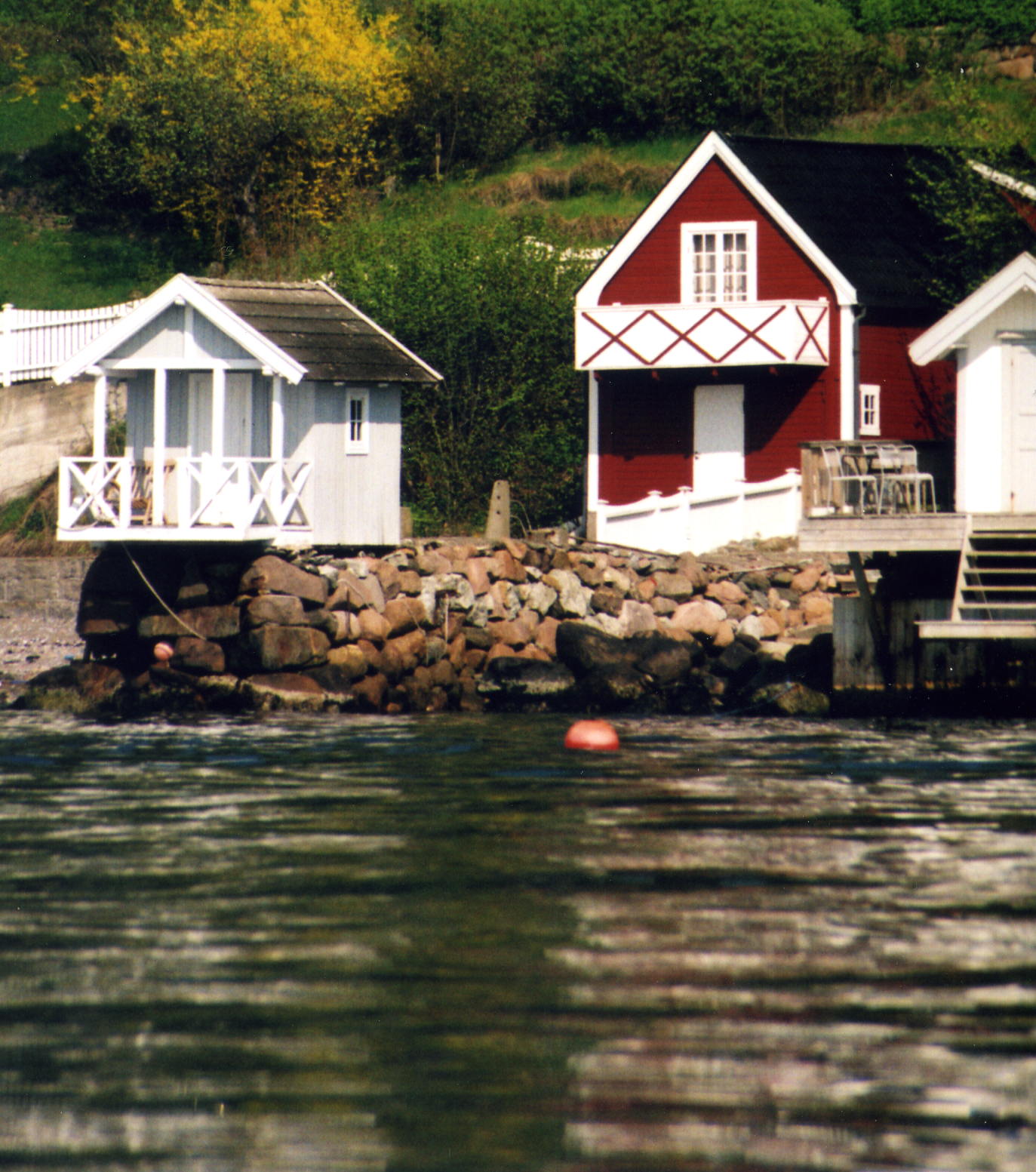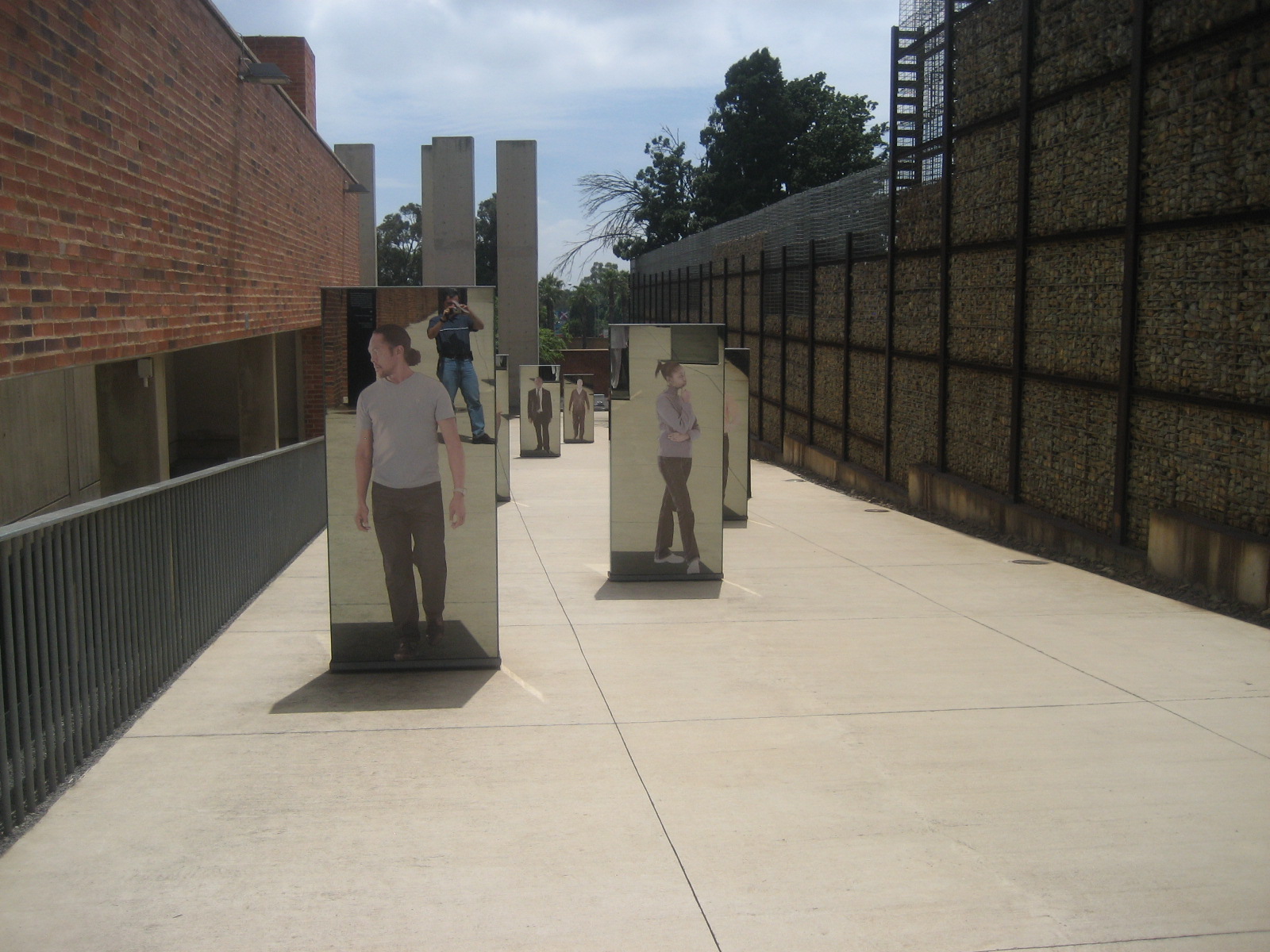I spent a few weeks in Peru a few years ago with a week spent traveling around in the Puno region. This is the region of Peru that borders the shores of Lake Titicaca. In this post, I want to share what I got see during the visits I made in this most beautiful of lands in Peru. This visit included time in the Azangaro region and other towns in the area that captivated me.
The main reason for my trip to Peru was work. I was there to visit projects and their beneficiaries to see firsthand how the projects my organization executed helped combat deep poverty by improving economic livelihoods, health care, education, sanitation, etc. I was about to see people that as I tourist I would likely not get to see, rural areas most tourists do not visit, and understand how real life is for the millions of people in areas less accessible than the more known Machu Picchu, Lima, Cusco, etc.
It’s not skin and bones – it’s just bones in Lampa
But, as often happens (happily for me), on my way to visit various projects, the local colleagues like to show anything of interest along the way as it both serves to showcase their land and history but also as good breaks for pit stops. Much appreciated, my friends!
One of the MOST interesting things I saw was a church in a town called Lampa. The church is the Immaculate Conception and the town’s distinguished former residents hang around even after they pass away…
Visit to a school in San José, Azángaro
Education is key for the success of children but can be a hardship in the short-term to the families. In the Puno region, it is likely that the families speak Aymara or Quechua as their home language so the question is how kids learn best. One of the theories favors bilingual education so assimilation and other aspects of learning are faster or the learnings stick better (I am not an academician on this so take my statements as a layman’s approximation!).
My organization was involved in helping local rural schools develop and sustain educational programs that tap bilingual education so I was taken to to visit a couple of schools – where the children were thrilled to see a visitor sit in their classroom: I became the attraction as the picture below betrays! What surprised me the most was the children’s chapped faces. You just want to apply lotion all over their dried out skin except that would not be really helpful if it is not sustained. I have to say they were as happy as they could be though some of the them walked a couple of miles to get to school each way…
Fattening bulls to make a better living
Another type of project I visited in the Puno region (in Huancané, to be more precise) dealt with improving economic livelihoods. In this case this was pursued by improving fattening of bulls that the locals would sell so:
- They weigh more when they are sold and
- They get to that weight faster. In addition, farmers were being empowered to sell the bulls directly to the market instead of relying on intermediaries (who typically mislead them and take a big chunk of the proceeds).
From the one to two years it was taking them to fatten a bull to the size needed to sell it, it now takes them 2.5 to 4 months which means they quadrupled their income. If you consider the money they don’t have to pay intermediaries (minus the costs they incur to sell the bull), their take is even higher. These folks usually start with one bull and slowly grow to have 3 or 4 at a time after doing this for a few cycles. An improvement indeed!
They emphasized over and over in the various areas I visited how this has helped them get from extreme poverty to just poverty. They can now send their kids to school, for example. Fattening time was sped up by simply introducing protein in the diet of the bulls. The cool/smart thing was that the farmers already had most of what they needed. This was in the form of waste created after collecting the various crops they grow. Stems, leaves, etc. of different crops that remain after the core product is harvested used to be burned. But some of these actually are highly nutritious for the bull. Therefore, they become part of the recipe for the new feed. The only thing they have to buy is molasses and some powder (I forget what it was).

Myself with the project coordinator and a participant in the project near the home of the participant
Urea? U r kidding me
Interestingly, I learned that one of the ingredients used in the feed is urea. During one of the visits the locals prepared a demo for me of the mix being created. There were about 9 women and each would pour an ingredient. The molasses, the urea and the powder were mixed in a small tub by a woman with her bare arm and hand. Then that mix was poured over the big pile. Suddenly, all the women stepped in to mix it all, again, with their bare hands! Imagine me standing there. Having just shaken everyone’s hands upon arriving. And knowing full well I would be shaking their hands when I left!
Well, God has a sense of humor. As I was a special guest and they are very hospitable folks, they prepared some roasted potatoes with white cream. Additionally, they served cheese some homemade cheese. I was expected to eat. Otherwise, I would be rejecting their humble hospitality. Actually more than a rejection, it would be interpreted as they had not offered something good enough for me. Now, that is something I would NOT do to them.
I had seen a woman rinse her hands earlier. Therefore, I talked myself into believing they had all sterilized themselves before preparing the food. I dug in to eat what I thought was the safest of the fare: the roasted potatoes. I had to try the cheese given how it was given to me. But I successfully skirted the white cream (or liquid). Who knows what that was! Cow puke (don’t think I exaggerate…)? Curdled milk? I didn’t want to find out. I figured I had done 2 out of 3 and that was a stretch enough! Plus I didn’t need a case of Inca-revenge on the long drive back…
Sewage plant visit
Another type of project I visited in the Puno region was the building water treatment plants for “dirty waters”. In one visit, they walked me around the tanks explaining the treatment process. They also explained that beyond building the plant, a key component was to ensure the plant would be maintained and kept “sustainable” without external assistance when the project was over (a lot about local governance, fees, and training folks to do the maintenance on the plant).
See that pool in the picture above, the one where EVERYTHING comes in? They made me walk the ledge of that pool to get to the other side. I kept thinking “how many HOURS away is my hotel if I fall in??” “what if the earth quakes??”
After one of the visits, a local TV crew was waiting to interview me. I am guessing it was a small station because we were quite far from the town of Puno in the middle of Azángaro. I was asked what I thought of the water treatment plant. Mind you, I know zilch about water treatment plants – except for what I had just learned. I guess they thought the foreign visitor must have been an expert if I had come so far to see it…
So, I had to ‘with camera on me’ be spontaneous and say something half smart. To start it off, I said that it was a great benefit to the town, etc.. Then, I added some words about ensuring it gets the right maintenance because it is valuable to all the citizens. I hope I sounded smart but I missed the broadcast and didn’t get to Tivo it! I do think I emphasized the right things. Pat, pat.
More than just development projects
There is a lot to see in the region, such as the islands in Lake Titicaca. Perhaps a more off-the-beaten-path site is Sillustani. It is a pre-Incan cemetery consisting of tall stone towers most in ruins. To be precise, they are from the Aymara that were later overrun by the Incas (the Europeans were not the only ones who wiped out different native populations). Unfortunately, over time, robbers bombed many of the towers to access their contents. But they are still impressive structures. The image at the end of this post if of one of the towers, which would be perhaps as tall as five or seven people standing on top of each other.
The beautiful lands around the Puno region
I have to talk about the scenery here. The land is incredible. There are vast plains surrounded by mountains and the cloud was a perfect blue. That area may normally be called a valley. But the expanse is so great that “valley” doesn’t conjure the right image. Since it was early winter and it was the dry season, the grass was browning but I still saw some green.
I could see a biking circuit for ecotourists being developed in that area to go visiting small towns and nature areas. But I guess too many tourists would spoil the sense of “real” the area gives. I left the Puno region by plane flying back to Lima from Juliaca wishing I could spend more time in this great land.
The Puno region is more than just Lake Titicaca
I have been very fortunate that I got to go off the beaten path in exploring more than Lake Titicaca and its islands by going further into the Puno region. Though not really part of a plan, I got to see undeveloped territory and the beauty of the Puno region as it has always been. They say this area looks a lot like parts of Mongolia, Kazakhstan and Afghanistan. The province of Azángaro is by far the one I liked the most in a very competitive field! Ever since my childhood I have been fascinated a bit by Lake Titicaca (OK, more by the funny sounding name in Spanish…) Now, having seen the beautiful landscape around it and its deep blue waters, I am definitely fascinated by it and understand how this part of the country is much more than the famous lake!
Pin this image to your board to remember this beautiful Peru region !



















































































